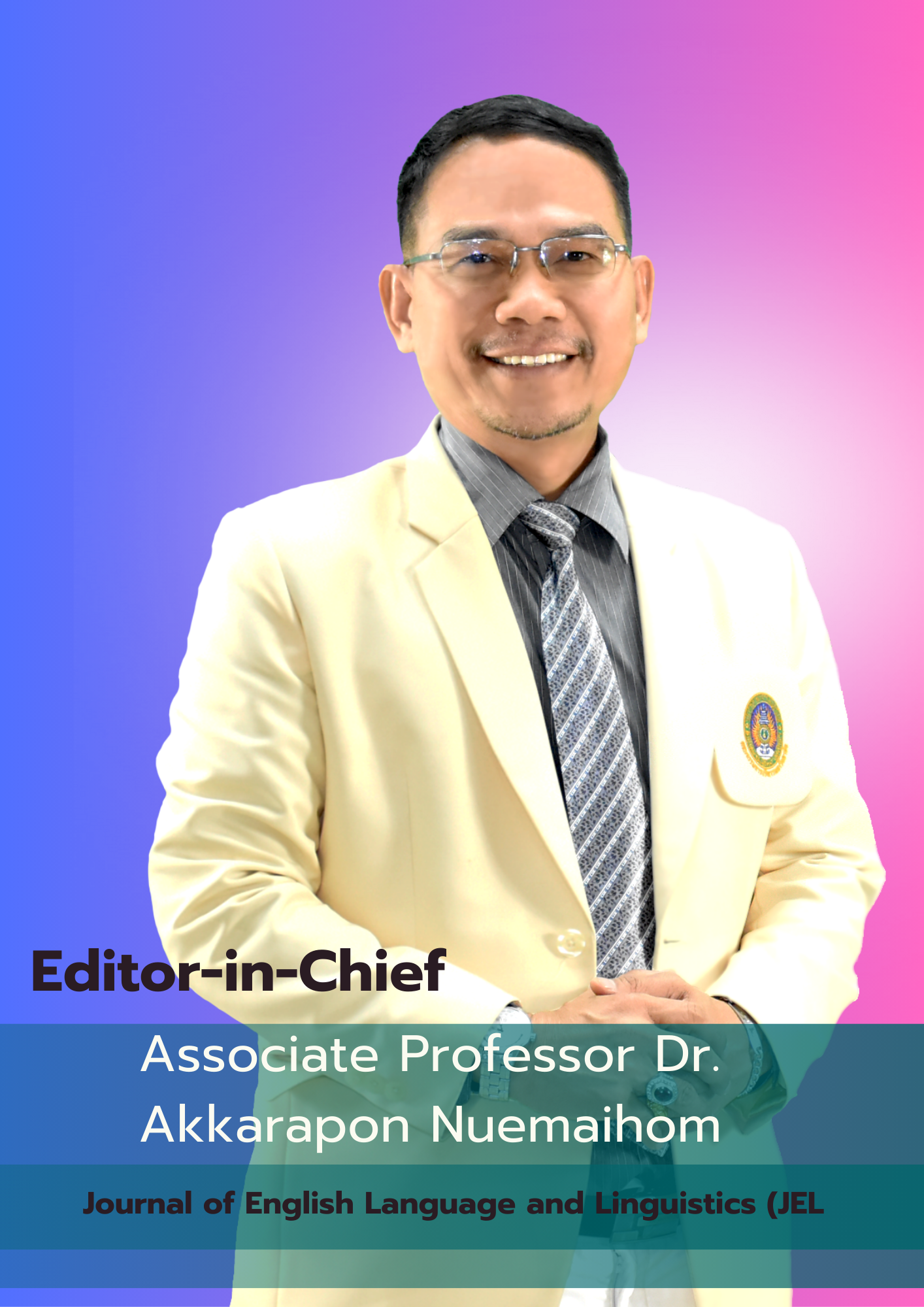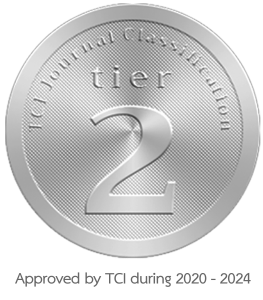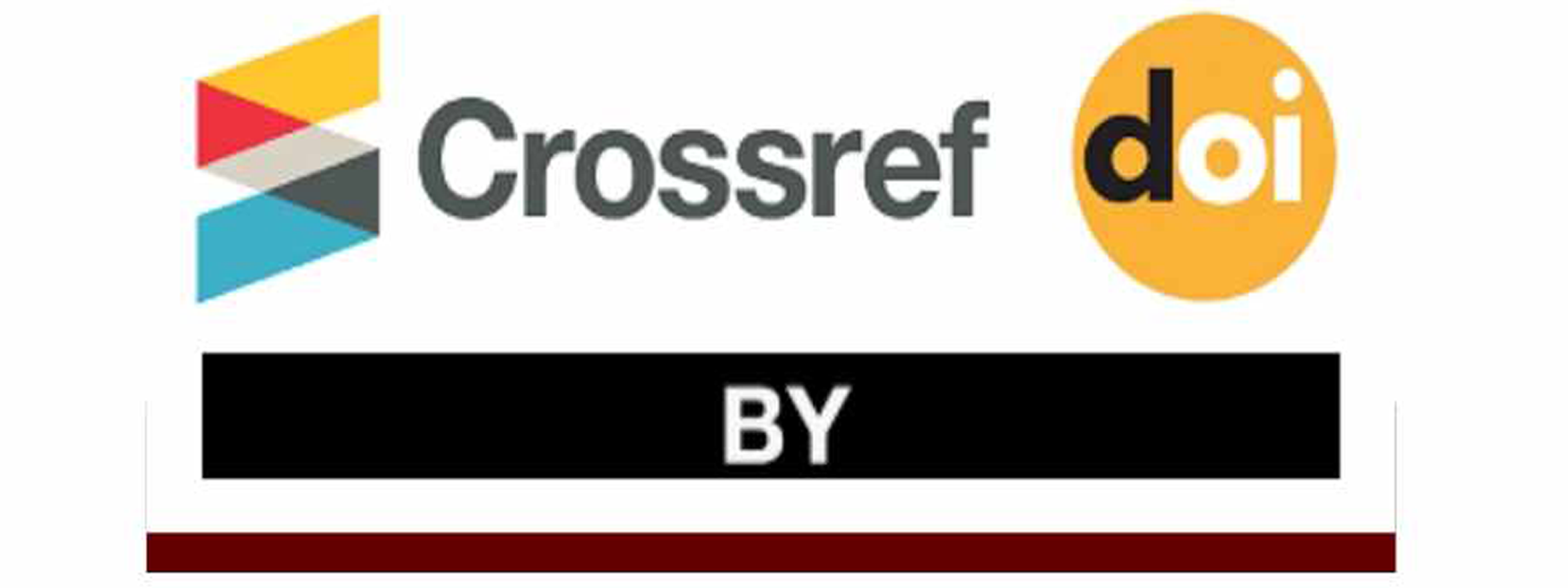An error analysis of collocation translation from Thai into English of Thai EFL university students
DOI:
https://doi.org/10.62819/jel.2024.508Keywords:
collocation, error analysis, translationAbstract
The researchers reported that Thai EFL students typically struggled with accurately combining words. Previous research revealed that Thai EFL university students had poor productive collocation abilities and lacked collocation understanding. Relatively few studies on collocation acquisition through instruction have been conducted in Thailand. Thus, the current study was conducted to investigate the use of English collocations by second-year English major students at Udon Thani Rajabhat University when translating a Thai news article from Thai into English. The participants were 36 English major students enrolled in the Translation II course in the academic year 2023. The students were tasked with translating a Thai news article into English within a three-hour period. The researchers analyzed the students' translations to examine the use of English collocations when translating a Thai news article from the students’ first language into the target language. A quantitative analysis was conducted to investigate the collocation translation errors made by English major students. The study employed Benson et al.’s (2009) framework of six collocation types: verb + noun, adjective + noun, noun + verb, noun + noun, adverb + adjective, and verb + adverb. The findings revealed that the most common error made by the students was in translating "verb + noun" collocations from Thai into English. Conversely, students were successful in producing "adjective + noun" and "verb + adverb" collocations. Additionally, this study discusses collocations in translation and provides recommendations for pedagogy and future research in this area.
References
Ajunwa, E. (2015). Fidelity challenges in translation. Translation Journal, January 2015.
Al Ghazali, F. (2015). Reinforcing students’ collocational competence in EFL classrooms.
International Journal of Bilingual & Multilingual Teachers of English, 03(2), 105–116. https://doi.org/10.12785/IJBMTE/030205
Bahardoust, M., & Moeini, M. R. (2012). Lexical and grammatical collocations in writing production of EFL learners. Journal of Applied Linguistics, 5(1), 61–86.
Baker, M., & Gabriela, S. (2009). An international encyclopedia of translation studies, 2. Berlin, New York.
Benson, M., Benson, E., & Ilson, R. (2009). The BBI combinatory dictionary of English philadelphia. John Benjamins Publishing Company.
Boonraksa, T., & Naisena, S. (2022). A study on English collocation errors of Thai EFL students. English Language Teaching, 15(1), 164–177. https://doi.org/10.5539/elt.v15n1p164
Boonyasaquan, S. (2005). The lexical approach: An emphasis on collocations. The Journal of Humanities, 28, 98–108.
Brashi, A. (2006). Collocability as a problem in L2 production. Reflection on English Language Teaching, 8(1), 21–34.
Chantrakhet, C. (1985). Translation for communication. Thai Wattanapanich.
Costeleanu, M. (2009). Difficulties In Translating Specialized Texts. Editura Eiroplus.
Dukāte, A. (2007). Manipulation as a specific phenomenon in translation and interpreting. Riga.
Farghal, M., & Obiedat, H. (1995). Collocations: A neglected variable in EFL. IRAL – International Review of Applied Linguistics in Language Teaching, 33(4), 315–333. https://doi.org/10.1515/iral.1995.33.4.315
Hatim, B., & Munday, J. (2004). Translation: An advanced resource book. Routledge.
Howarth, P. (1998). Phraseology and second language proficiency. Applied Linguistics, 19(1), 24–44. https://doi.org/10.1093/applin/19.1.24
Huang, L. S. (2001). Knowledge of English collocations: An analysis of Taiwanese EFL learners. Texas Papers in Foreign Language Education, 6(1), 113–132.
James, C. (2013). Errors in language learning and use: Exploring error analysis. Routledge. https://doi.org/10.4324/9781315842912
Larson, M. (1998). Meaning-based translation: A guide to cross-language equivalence. University Press of America, Inc.
Lewis, M. (1993). The lexical approach: The state of ELT and a Way Forward. Language Teaching Publications.
Lewis, M. (2000). Learning in the lexical approach. In M. Lewis (Ed.), Teaching collocation: Further developments in the lexical approach (pp. 155–185). Language Teaching Publications.
McCarthy, M., & O’Dell, F. (2005). English collocation in use, advanced. Cambridge University Press.
McIntosh, C., Francis, B., & Poole, R. (Eds.). (2009). Oxford collocation dictionary for students of English. Oxford University Press.
Nation, I. (2001). Learning vocabulary in another language. Cambridge University Press.
Newmark, P. (1988). Approaches to translation. Prentice Hall.
Nida, E., & Taber, C. R. (1982). The theory and practice of translation. E. J. Brill.
Pinmanee, S. (2012). Advanced translation. Chulalongkorn University Press.
Pūtele, I. (Ed.). (2013). Aktuālas tendencies terminoloģijas teorijā un praksē. Rakstu krājums. Rīga: Latvijas Universitātes Latviešu valodas institūts.
Wimonchalao, W. (1994). A guide for teaching translation. Chulalongkorn University Press.
Win, T., Mar, A. A., & Phiewma, W. (2021). Vocabulary-learning problems encountered by B. A. English specialization at the university level of education. English Language and Linguistics, 2(2), 147–166.



















